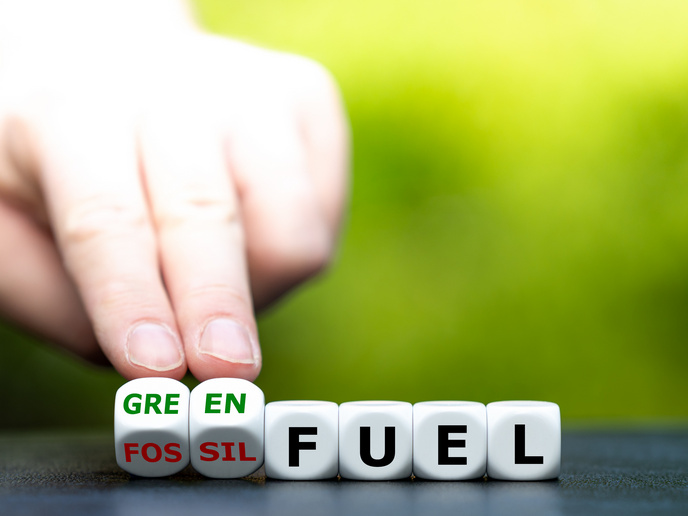Breakthrough technologies secure future of second-generation biofuels
Biofuels have long been in use as a substitute for fossil fuels. First-generation biofuels are produced from edible biomass, primarily vegetable oils and starch-rich crops like corn, wheat, sugarcane and sugar beet. Second-generation biofuels made from lignocellulosic material, non-edible biomass and agricultural waste promised to remedy concerns over food security prompted by the overuse of arable land. Despite their potential, they are still not commercially competitive: several energy-demanding conversion steps are required before they can be used. The EU-funded BioMates(opens in new window) project successfully developed new conversion technologies to accelerate the market uptake of biomass in the transport sector.
The technologies underpinning biomass conversion
BioMates combined innovative biomass conversion technologies to produce cost-effective bio-oil intermediates compatible with existing oil refineries. Researchers worked to produce sustainable lignocellulosic biomass from straw – a residual feedstock – and Miscanthus. To convert the raw material into a liquid, the solid biomass particles were pyrolysed in a reactor,in an inert atmosphere at 500 degrees Celsius, as they were pressed against the hot wall. This process is called ablative fast pyrolysis(opens in new window). The volatile gases in the reactor are rapidly cooled and condensed to form liquid bio-oil. In the reactor bottom, the rich-in-carbon residue called biochar(opens in new window) is collected and can be used as a substitute for fossil coal. The non-condensable pyrolysis gas is used to heat the pyrolysis reactor, thereby reducing the process energy demands.
Simplifying the hydrotreatment process
“Pyrolysis bio-oil contains certain compounds that are unsuitable for final transport fuels. Hydrotreatment can be used to saturate unwanted olefinic bonds and remove oxygen, increasing calorific value, reducing acidity and increasing oxidation stability,” says Bezergianni. “However, severe hydrotreatment includes a number of steps that makes the overall scheme more costly and increases the final cost of the fuel.” To stabilise bio-oil, researchers focused on mild hydrotreatment. Furthermore, a novel electrochemical hydrogen processing infrastructure was designed to effectively recycle the hydrogen used in this process. But the benefits do not stop there. The infrastructure helps clean and convert off-gas hydrogen into clean hydrogen that can then be recirculated back into the process. Furthermore, because it’s compressed electrochemically, it’s more cost-efficient than conventional mechanical hydrogen compression.
Streamlining the fuel refining process
The wider goal of BioMates was to produce a reliable, biomass-based intermediate, intended to be co-processed in a refinery together with fossil-based feedstocks. But researchers also investigated the optimal entry points in the refinery for such alternative feedstocks. “Optimal means not intruding into the conventional refinery processes and not limiting the targeted yield,” explains Bezergianni. “There is no single process in a refinery that produces a specific type of fuel, but rather there are many types of conversion units that process different types of fossil fractions,” adds Bezergianni. It is not possible to state with any confidence that the resulting bio-intermediates are well-suited to the production of any specific fuel type. However, depending on the type of refinery and the blending ratio, it is possible to identify the percentage of each fuel type that would have a biological origin. “By deploying BioMates conversion technologies, 75 million tonnes of biomass could be converted into bio-oil intermediates, saving around 15 million m3 of crude oil use annually,” says Bezergianni. “Around 100 plants installed in central or decentralised regions would be needed to process 1 million tonnes of biomass annually, potentially creating 6 000 new jobs.”







